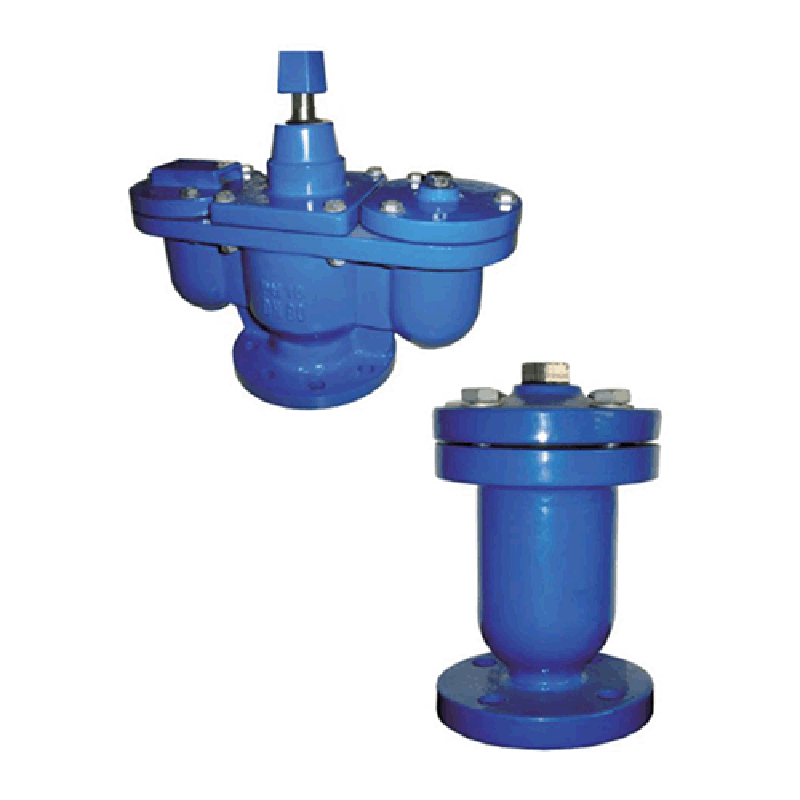Nov . 17, 2024 23:51 Back to list
pn16 check valve
Understanding the PN16 Check Valve Design, Functionality, and Applications
The PN16 check valve is a crucial component in various fluid systems, playing an essential role in preventing backflow and ensuring the smooth operation of piping systems. Understanding its design, functionality, and applications can help engineers and industry professionals make informed decisions about system designs and maintenance.
Design and Specifications
The term PN16 refers to the nominal pressure rating of the valve, indicating that it can handle a maximum pressure of 16 bar (approximately 232 psi). The check valve is typically constructed from durable materials such as stainless steel, carbon steel, or cast iron, allowing it to withstand high pressures and corrosive environments.
Check valves can come in different designs, but the most commonly used types are the swing check valve and the lift check valve. The swing check valve utilizes a hinged disc that swings open when fluid flows in the forward direction and closes when the flow reverses. On the other hand, the lift check valve has a disc that rises and falls with the flow direction, providing a more direct and fast-acting response to changing pressure conditions.
Functionality
The primary function of the PN16 check valve is to prevent backflow in pressurized systems. Backflow can lead to contamination, equipment damage, and reduced system efficiency. By allowing fluid to flow in one direction only, check valves help maintain the integrity of pipelines and the reliability of the entire system.
The check valve operates based on the principle of pressure differential. When the pressure in the inlet side exceeds that in the outlet side, the valve opens, allowing fluid to pass through. Conversely, when the pressure reverses, the valve closes tightly, preventing any backflow. This automatic operation means that check valves do not require manual intervention, contributing to their widespread use in various applications.
Applications
pn16 check valve

PN16 check valves are employed in numerous industries and applications due to their reliability and effectiveness. Here are some common uses
1. Water Supply Systems In municipal water distribution, check valves are essential for maintaining pressure and preventing contamination by ensuring that water only flows in one direction.
2. Wastewater Management In sewage and drainage systems, check valves prevent backflow, which can cause significant environmental and health issues.
3. Oil and Gas The oil and gas industry relies on check valves in pipelines and processing systems to ensure that products flow efficiently and safely without the risk of reverse flow, which could lead to dangerous leaks or spills.
4. HVAC Systems In heating, ventilation, and air conditioning systems, check valves help maintain proper flow and pressure, achieving optimal energy efficiency.
5. Industrial Processes Various manufacturing processes that involve the transportation of liquids and gases utilize check valves to safeguard against backpressure and avoid equipment damage.
Conclusion
In summary, the PN16 check valve is a vital component that supports the reliable operation of many fluid systems. Its ability to prevent backflow underlines its importance in numerous industries, from water distribution to oil and gas. By understanding the design, functionality, and applications of PN16 check valves, professionals can ensure optimal system performance and prevent costly failures. As technology advances, the materials and designs of check valves will continue to evolve, further enhancing their effectiveness and lifespan in diverse applications.
Share
-
Reliable Wafer Type Butterfly Valves for Every IndustryNewsJul.25,2025
-
Reliable Flow Control Begins with the Right Ball Check ValveNewsJul.25,2025
-
Precision Flow Control Starts with Quality ValvesNewsJul.25,2025
-
Industrial Flow Control ReliabilityNewsJul.25,2025
-
Engineered for Efficiency Gate Valves That Power Industrial PerformanceNewsJul.25,2025
-
Empowering Infrastructure Through Quality ManufacturingNewsJul.25,2025